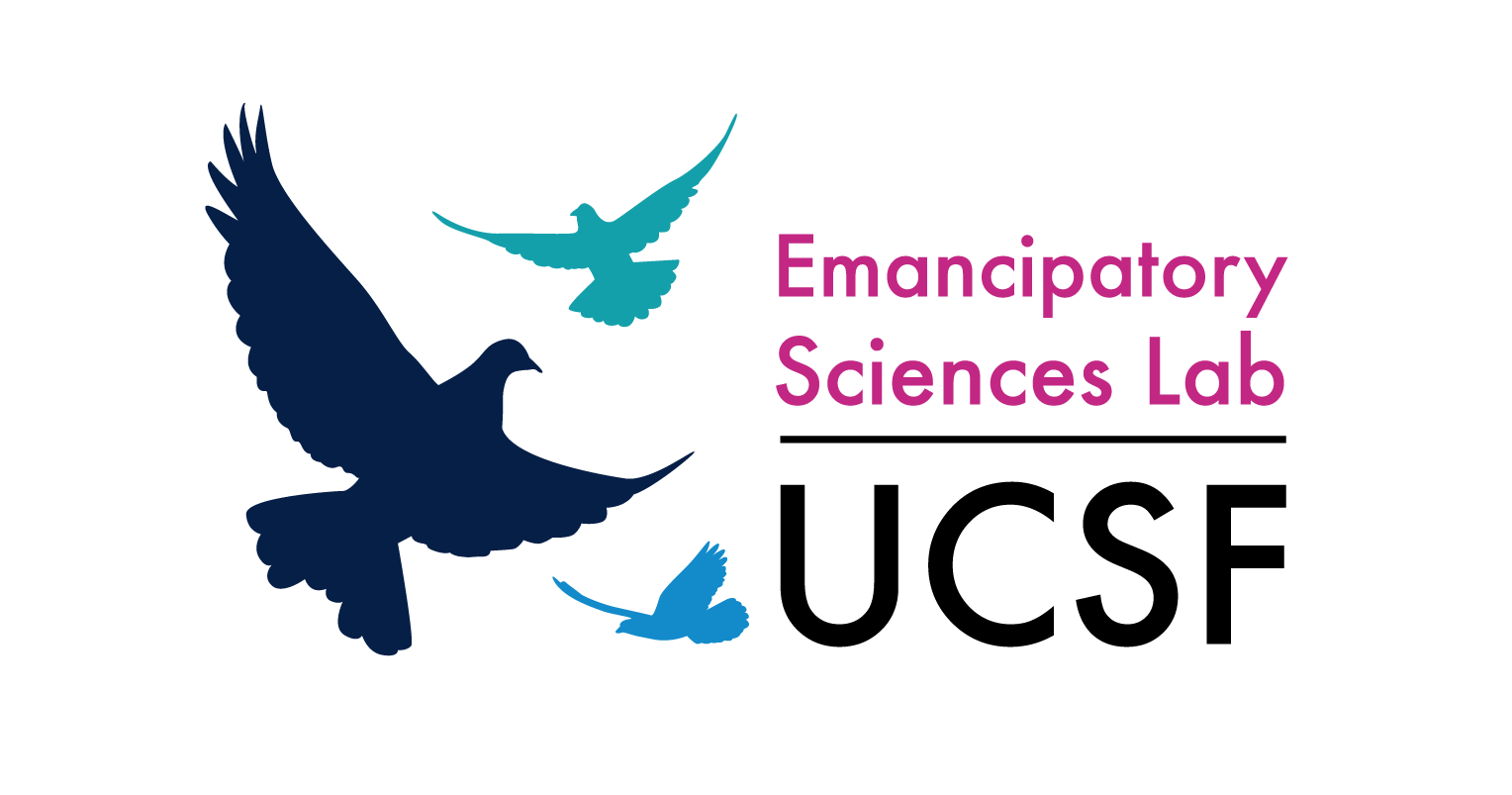In the early months of 2016, I was driving back and forth from Los Angeles to Orange County every weekend to steal an evening by my mother’s bedside from the hold my undergraduate schedule had on me. Rendered bedbound by her advanced frontotemporal demetia, she consistently greeted me with a faintly knowing stare and a firm grip that belied her otherwise fatigued demeanor. Three years after first noticing a change in my mom’s behavior, my family was still feeling our way through byzantine care systems for a diagnosis we had only begun to wrap our heads around. It was at this time that my mother began receiving regular visits from a nurse through In-Home Supportive Services (IHSS) in addition to the in-home palliative care that family members rotated in and out of. With her physical health rapidly deteriorating over the past year and increasing hospital stays, I found these weekly visits blending into one long meditation on the question ‘where does this chapter lead?’
The answer would begin unraveling April 2016 when my mom passed on in a hospital room on the 8th floor of the Anaheim Medical Center. The mix of grief, confusion, and shame that enveloped my family and myself in the subsequent years put us in an emotional limbo that strained and severed relationships. That damage compelled me to seek a kind of care that could preclude the retraumatization induced by the traditional healthcare system while retaining the accountability and resources sorely needed in spaces outside of it.
I began this journey by studying loss and grief related to the death of a loved one. The Death Positive movement is often cited as a philisophical anchor for destigmatizing death and the dying process in the colonial Western world. The lineage of this movement includes the advent of death doulas, death cafes, in addition to other projects targeting the social dimesion of the end of life as a means of aiding the sense-making process for both the dying and their loved ones. However, access to resources like death doulas is limited to the availability of an outsized workforce that balances pro bono services with a standing fee of $25 per hour and up according to their capacity at the time. This social dimension of these services is critical because social support is a protective factor whose access need not be dictated by a person’s socioeconomic status. To the contrary, it is because of the relative accessibility of social support that the professionalized services of death doulas like sitting vigil and memorializing a dying person’s life story are performed by peers.
From streetcorner alters to public murals to clothing with the loved one’s name or likeness, both time and space are carved out in resistance to a world that insists on minimizing our grief so people at the end of life and those touched by the grief of this transition might find comfort. Still, this patchwork of care, for all its beauty and resourcefulness, fails to adequately cover our most marginalized communities. For underresourced communities, cost barriers associated with End of Life Care (EOLC), in addition to other microaggressive associations, means that these services go underused which can lead to lower overall health care utilization and increased risk of social isolation.
This, however, is more of a critique of the moment than it is of the movement. To be sure, the current dynamic is reflective of a dearth of funding for these programs and a greater need to continue making them more inclusive to multiply marginalized communities. At the same time, it is also indicative of the need for an adequate system that can replicate the services at a scale that can begin meeting the needs of those at the end of life as well as their loved ones.
I believe a Community Health Worker (CHW) model can address these shorcomings. The CHW model is impactful for its emphasis on peer-driven care in service of culturally congruent relational care. Traditionally designed to attend to marginalized groups disproportionally impacted by biological health conditions like diabetes or high blood pressure, these programs are typically focused on health education. However, in the context of a life stage like dying, it’s the CHW’s belonging to that community that plays a uniquely important role. An end-of-life CHW trained similarly to a death doula would focus on facilitating the social and psychospiritual needs of the dying and the bereaved. A critical macro-level difference is that a CHW program would count on the programmatic and clinical support of community health centers instead of operating their services independently. This kind of support opens the opportunity for collaboration with local community based organization and the community itself because of the role’s relational approach to care.
This relational approach to care at the point of EOLC is pivotal for the impact of this program. Biomedical models of care for traumagenic processes like a terminal diagnosis or passing of a loved one as a problem to be solved rather than an experience to be lived. Problematizing these situations through the biomedical model fails to harness the healing power of our social relationships and explore the potential for a richer social network of support.
Looking back on the precarity of my family’s relationships as my mother passed on in 2016, I feel a deep appreciation for the work and care developing that support network calls for because, in our case, it was present only enough to long for it. The dying process can be mentally and emotionally exhausting and having someone from your community shepherd you through it helps preserve and enrich the relationships around you. By protecting and nourishing our social bonds during times of personal or community loss, we celebrate life itself - transforming death into a reminder that life is ultimately about connection with one another.
Fernando Antunez, MSW is graduate of the University of California, Berkeley, School of Social Welfare.
